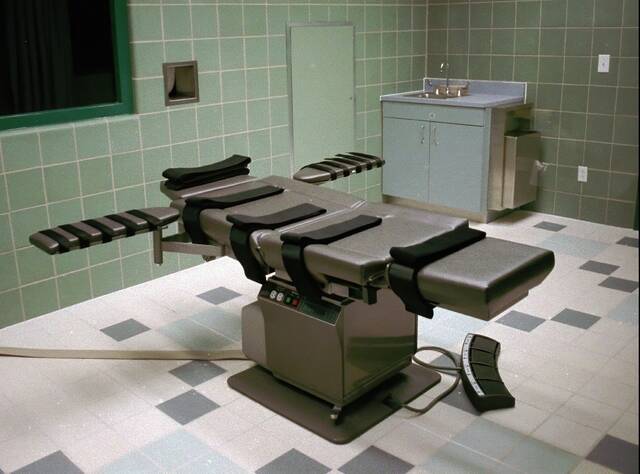Officials at Pittsburgh-based Astrobotic believe their failed lunar lander will reenter Earth’s atmosphere over a remote area of the South Pacific, the company announced Wednesday.
Astrobotic’s team has worked closely with NASA analyzing the Peregrine spacecraft’s travels and they do not anticipate any hazards.
“A safe re-entry is our top priority,” the company said in its update.
The lander is about 139,000 miles from Earth. Reentry is anticipated by 4 p.m. Thursday.
Update #20 for Peregrine Mission One: https://t.co/m6fQcPiedN pic.twitter.com/Ot9GU6ncsG
— Astrobotic (@astrobotic) January 17, 2024
It launched into space Jan. 8 to transport cargo for NASA with the goal of a soft landing on the moon.
However, it became apparent that goal would not be achieved when a “critical” malfunction was identified in Peregrine’s propulsion system, leading to a fuel loss.
Astrobotic on Saturday said the lander’s trajectory showed it was on a path toward Earth, where it likely would burn up in the Earth’s atmosphere.
The company said Wednesday a two-step maneuver was used to move the spacecraft. The first step required a main engine burn.
“Due to the propulsion anomaly, it was impossible to operate the main engines normally,” Astrobotic officials said. “As such, we developed a plan to fire the main engines with a series of very short burns.
“We conducted a test burn of all five main engines. Each pulse was spaced out to avoid overheating, allowing our mission control team to monitor results and the spacecraft’s status after every burn. Following this, we performed a series of 23 small main engine burns.
The second part of the maneuver involved spacecraft adjustments “so the force induced by the leaking propellant shifted (it) toward the South Pacific Ocean.”
Officials said the procedures the team used were to minimize the risk of debris reaching land.
A mission update is scheduled for 1 p.m. Friday.











